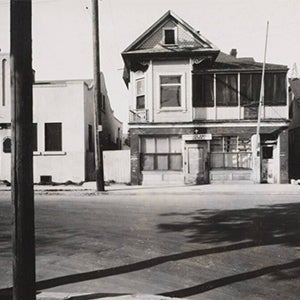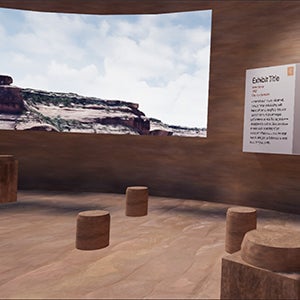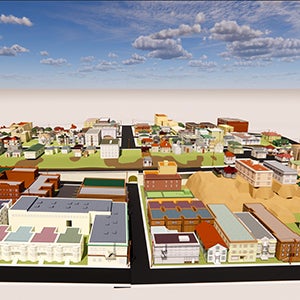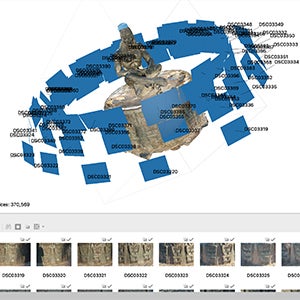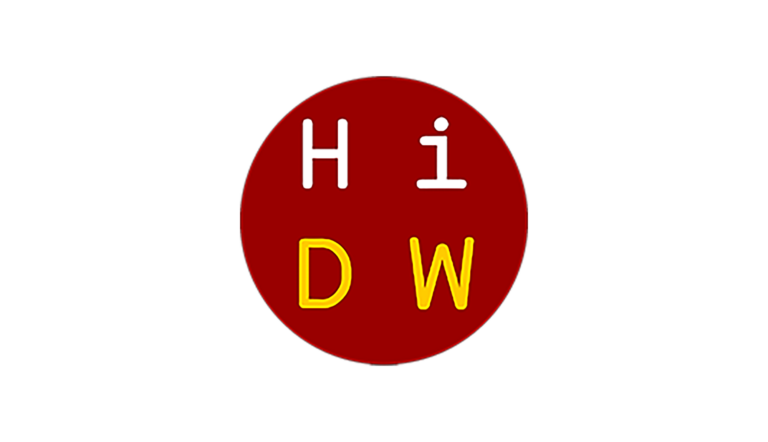The Chinatown History Project (CHP) is a multi-faceted research and outreach endeavor to uncover the people and places of Los Angeles’ “first Chinatown” prior to its demolition in the late 1930s. The CHP will be working throughout 2021-2022 with potential partners, including the city of Los Angeles and Los Angeles Metro, to design and build digital projects that commemorate Old Chinatown for the 150th anniversary of the 1871 Chinese massacre.
Bill Deverell, Professor of History, Spatial Sciences, and Environmental Studies, USC
Lynn Dodd, Professor of the Practice of Religion and Spatial Sciences, USC
Sabina Zonno, Postdoctoral Scholar, USC
Students in this collaboratory will work alongside the Canyon Country Cultural Landscapes Virtual Reality (CCCLVR) team to identify and solve critical problems in user experience (UX) design for cultural heritage applications. CCCLVR is currently partnering with indigenous communities, land management agencies, archaeologists, ethnographers, and conservationists, to develop Moon House VR(MHVR), an interactive virtual reality experience featuring the cultural heritage and landscapes of the American Southwest.
Eric Heller, Lecturer, USC
Students in this Collaboratory created an interactive virtual environment that allows viewers to explore the Stanza della Segnatura, its vivid frescoes by Raphael, and passages from a Renaissance book by Giorgio Vasari describing the room as it appeared in Julius’ time. Viewers can read relevant passages from Vasari’s text while being directed, in the virtual Stanza della Segnatura, to the frescoes and figures he references. Lines across the room connect the figures in the order in which they appear in Vasari’s text and each is accompanied by a historical annotation researched and written by students in the collaboratory.
Lisa Pon, Professor of Art History, USC
The Historic Bunker Hill 3D Experience covers twelve contiguous blocks of the neighborhood (3D models of 172 buildings, terrain, and street features) and includes an annotated layer of information about individual residences (researched and written by students), allowing visitors to immersive themselves in the lost neighborhood while accessing stories about people and places. The interactive experience was made available as a prototype on the Web, as a stand-alone app for PC and MAC, and as a VR experience via the Oculus Quest 2 headset.
Andy Rutkowski, Visualization Specialist, USC Libraries
Will Young, Doctoral Candidate in Comparative Studies in Literature and Culture, USC
